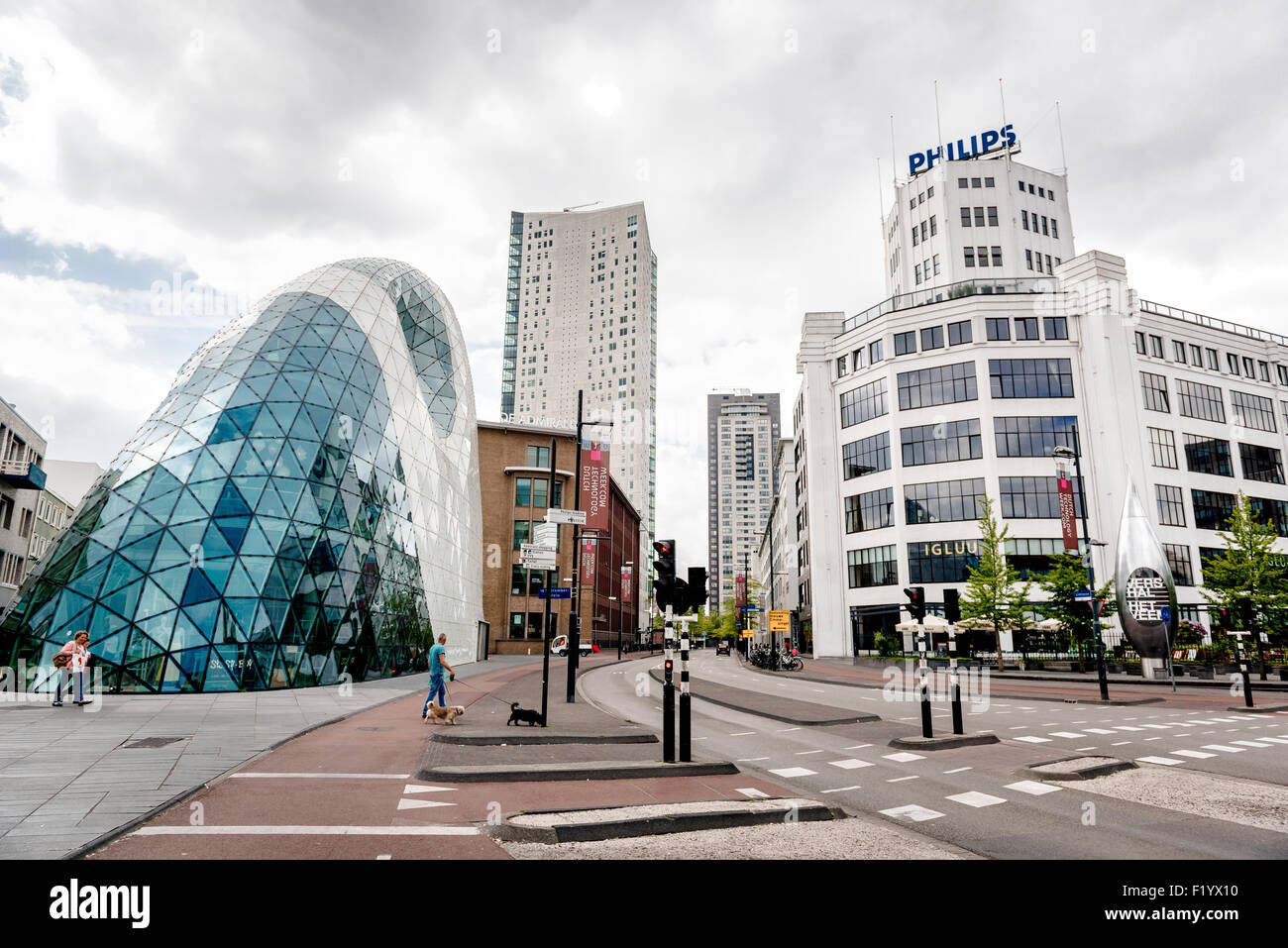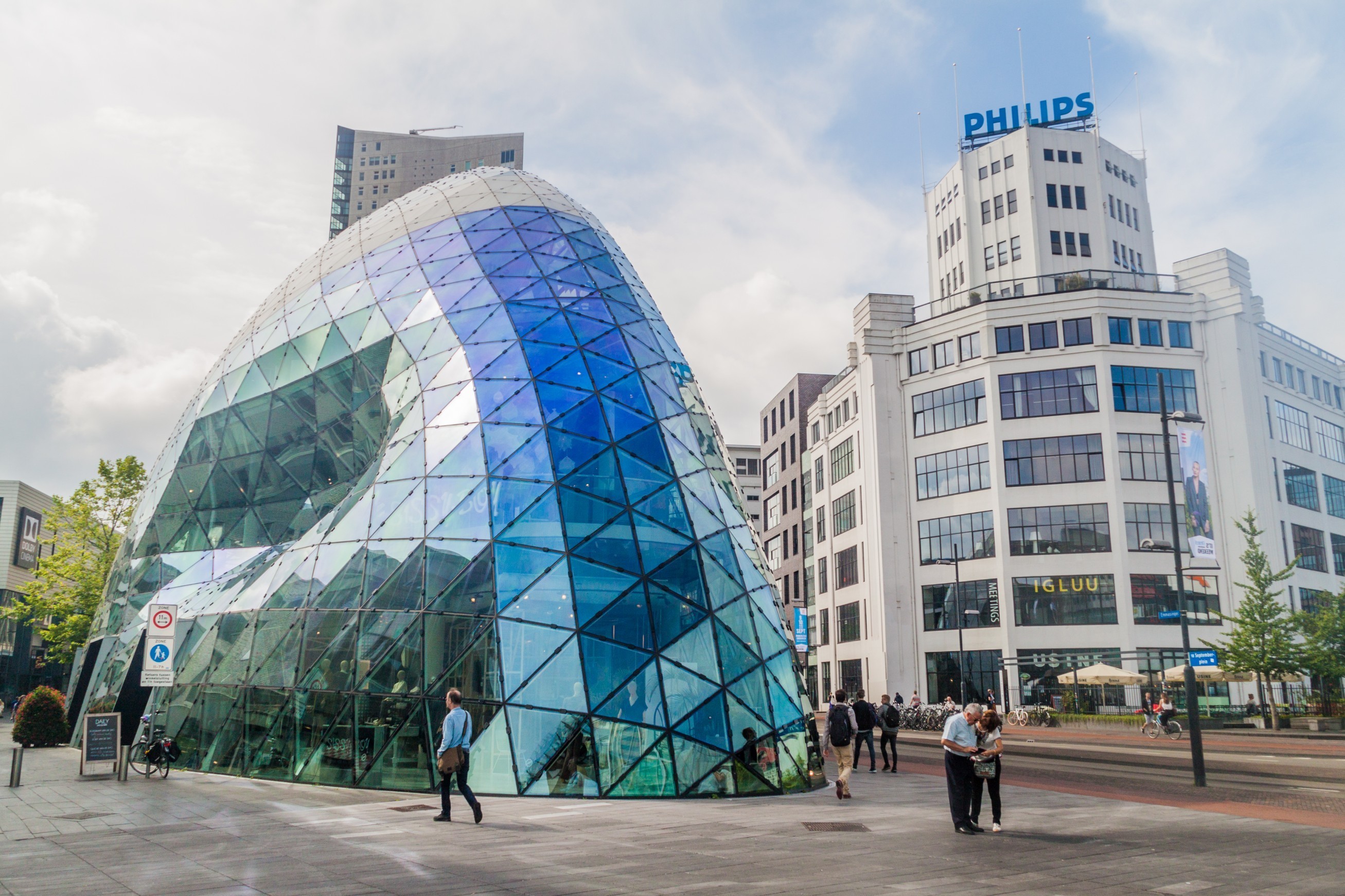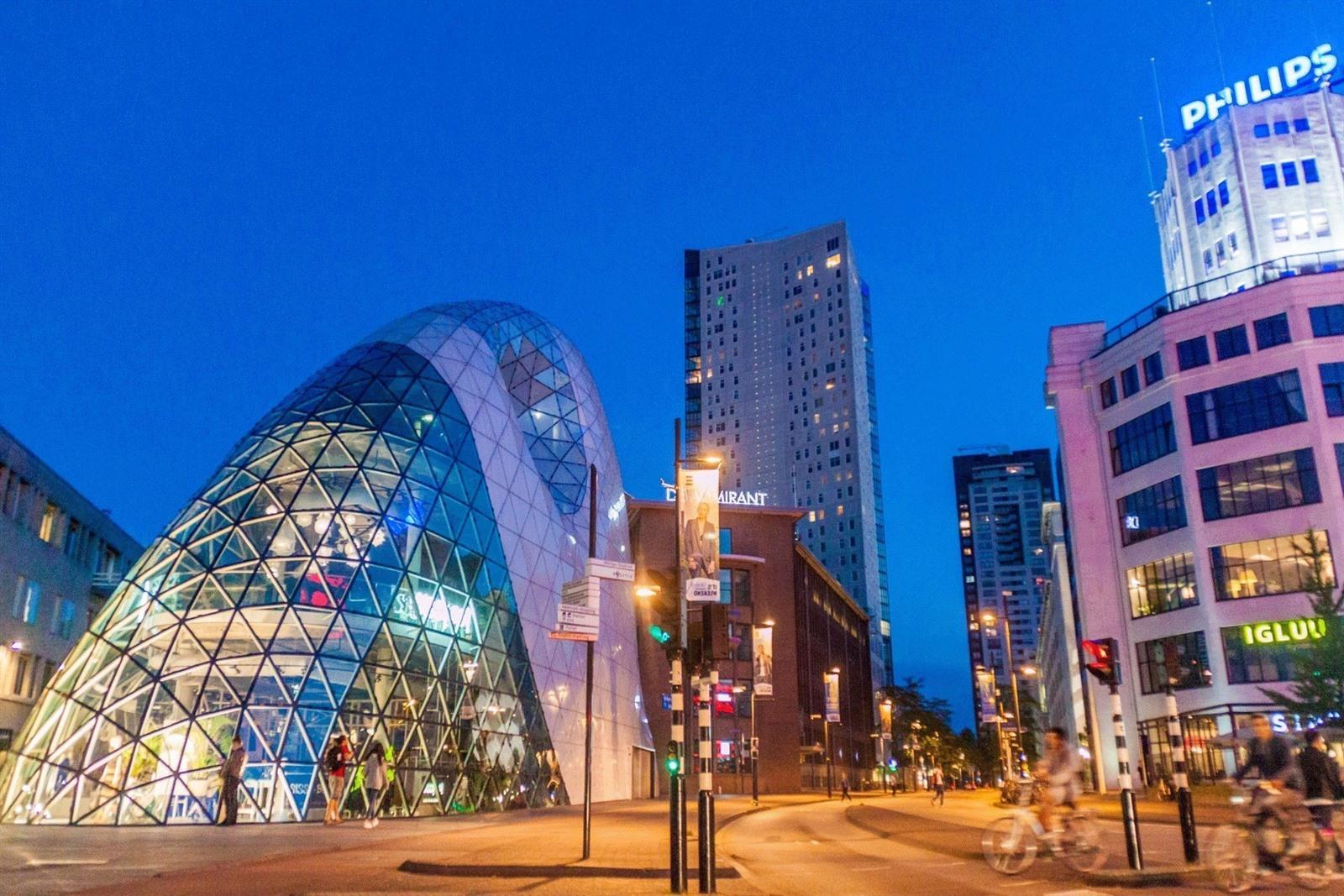The Evolution of Eindhoven's Industrial Landscape
Eindhoven, once a bustling hub of industrial activity, is witnessing a remarkable transformation. The city, known for its historical ties to the electronics giant Philips, is now home to a series of innovative green spaces emerging from its old factory sites. These spaces are not only revitalizing the urban environment but also serving as a testament to sustainable urban development.
Strijp-S: From Factory Floors to Urban Gardens

Strijp-S, a former Philips industrial complex, is a prime example of this transformation. Once filled with the hum of machinery, the area now hosts urban gardens and green rooftops. These spaces are designed to promote biodiversity and provide a natural retreat for residents and visitors alike. The gardens feature native plant species, which attract local wildlife, creating a vibrant ecosystem in the heart of the city.

The Green Tower: A Vertical Forest in the Making

Another notable project is the Green Tower, a vertical forest concept that integrates greenery into its architecture. This building, still under construction, aims to incorporate thousands of plants and trees into its design, effectively creating a vertical park. The Green Tower is set to improve air quality and provide a unique habitat for urban wildlife, while also offering residents a lush, green environment to enjoy.
NRE Site: A Community-Driven Green Space
The NRE site, once an energy company’s premises, has been transformed into a community-driven green space. Local residents played a significant role in its development, contributing ideas and labor to create a park that reflects the community's needs and desires. The site now features community gardens, play areas, and open spaces for events, fostering a sense of community and connection to nature.
Challenges and Future Prospects
While these projects are promising, they also face challenges such as maintenance and funding. Ensuring the sustainability of these green spaces requires ongoing community involvement and support from local authorities. However, the success of these initiatives in Eindhoven could serve as a model for other cities looking to repurpose industrial sites into green oases.










